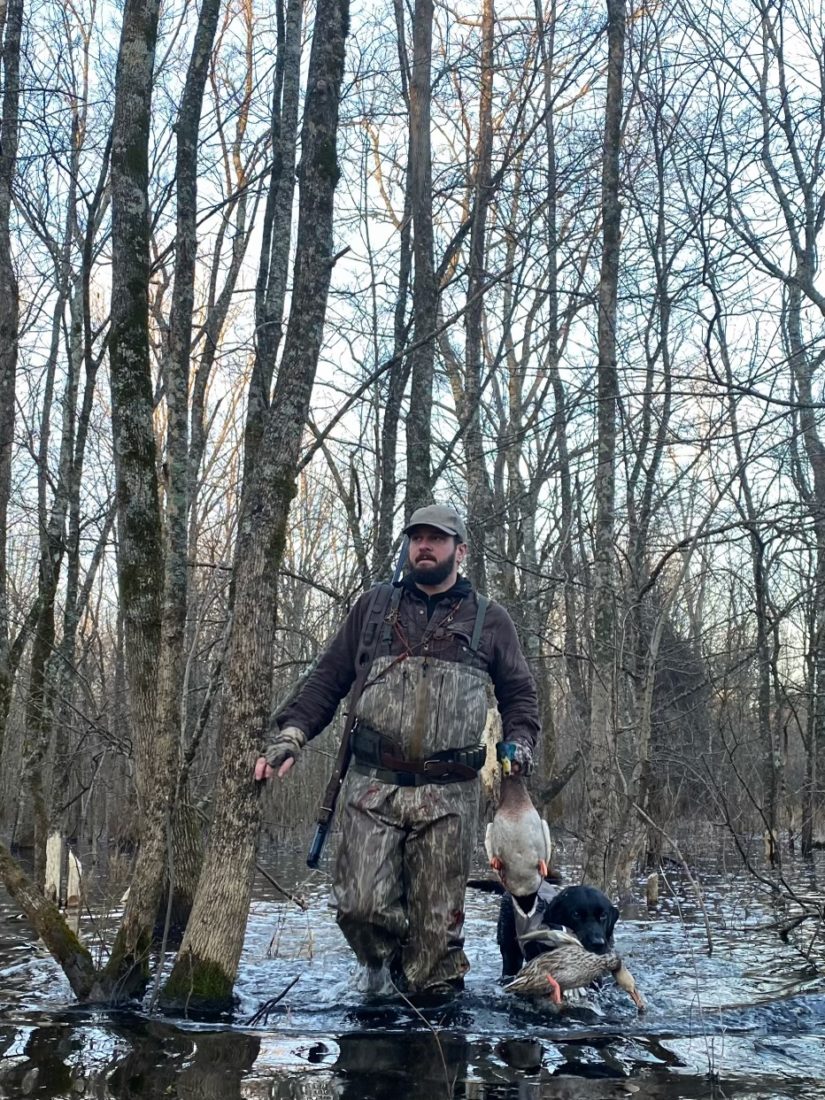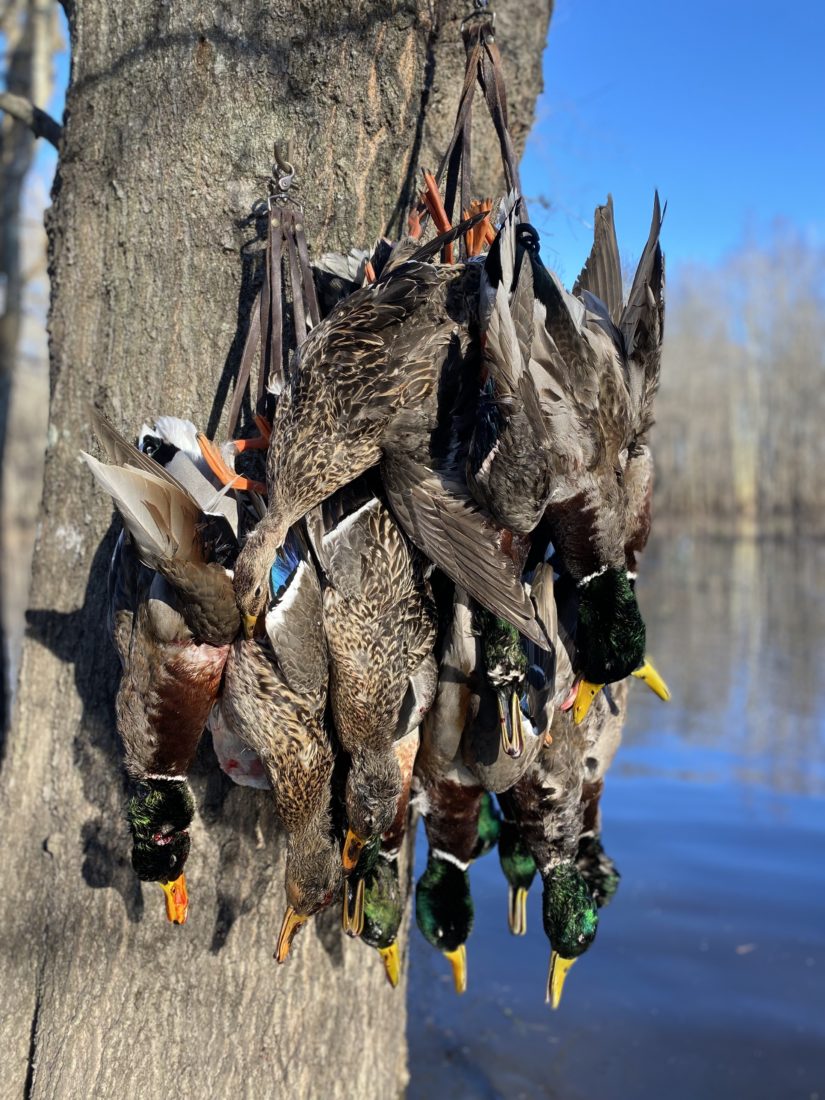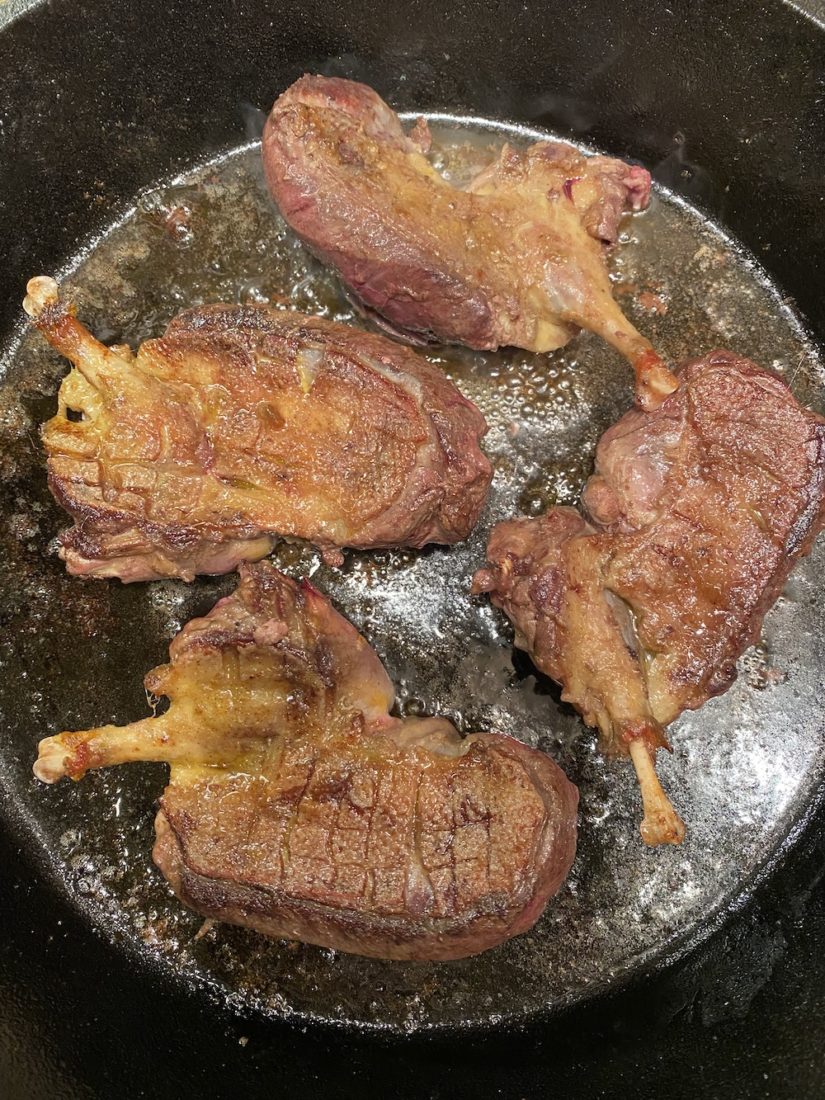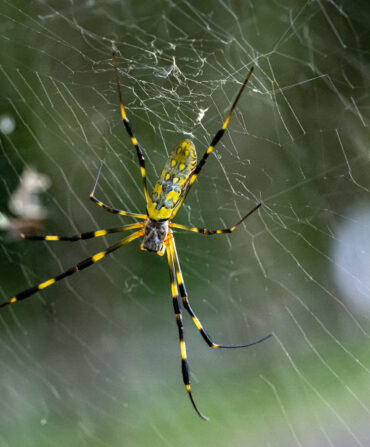For the last two years, the U.S. Fish and Wildlife Service hasn’t been able to run its annual waterfowl surveys with the Canadian Wildlife Service, so hard data on duck numbers has been almost impossible to find. Nevertheless, that didn’t stop Garden & Gun editor-in-chief David DiBenedetto and I from hitting the duck trail last week. Here’s what we learned and what we’re hearing as Southern waterfowl hunters push through the last week-and-a-half of what by most accounts has been an up-and-down season.

We hunted three clubs in the Mississippi Delta, hosted by Wren & Ivy founder B.C. Rogers III. Afterward, I headed to the green-timber country of central Arkansas for another three-day hunt. And while we didn’t find all the ducks in the world, the ones we found were big, super-mature, and gorgeously plumaged. And about as wily as any ducks I’ve ever seen.

This year, drought across much of the primary breeding range of ducks along the U.S.-Canada border meant fewer young ducks in the migratory flights. And that, says Jerry Holden, Ducks Unlimited’s director of operations for the South, “means that the ducks you do find have played this game before.” Between the severe drought in the famed prairie pothole region and the moderate drought conditions across much of the South, Holden says, duck hunters have reported fewer ducks in fewer places. It’s a localized phenomenon. In my neck of the North Carolina swamp woods, we have water to spare. But in much of the Mississippi Flyway, dry conditions until late in the duck season were a definite handicap. And wherever ducks showed up, they typically brought some hard-won experience along. “You might get the sense that there’s a force field around your decoys keeping them from getting into range,” Holden laments. “That’s how it’s been for me.”
On our trip to Mississippi, we found plenty of birds kicking back in the resting fields, but far fewer over the decoys. A near full moon didn’t help. One afternoon we watched hundreds upon hundreds of ducks pour into a two-acre slough. The next morning? Not a single mallard dropped by for a visit. We kept hard at it, and we were rewarded the next day with a glorious morning in green timber. The birds funneled in at a steady pace, and we gunned for three straight hours. That’s how I like it: Not too fast. Make it last. What a morning.

My three-day stretch in Arkansas was similar. I left the Mississippi Delta for the famed green timber and ricefields southwest of Stuttgart, and found a world of water thanks to nearly nine inches of recent rain. But the birds seemed scattered, and we couldn’t figure out a good pattern. Now I’m sitting in Raleigh, looking at forecast temperatures that are nearly polar and more precipitation on the way. Swamps will be frozen, rivers will be high. The only way to figure out where the ducks are is to find them before a sunrise hunt. I’m scouting hard this Sunday.

Such a whiplash season, from famine to feast and back again, might be what Southern duck hunters face in the long term, due to changes in climate and shifting waterfowl populations. Hopefully, this year was a low point. It’s definitely underscored the importance of providing good habitat for birds. And having to work a little harder for ducks will hone skills that will pay off when populations rebound.
Ask Holden about the season’s takeaways, and he sounds more like a psychologist than a duck biologist.
“Duck hunters this year shouldn’t feel too badly about themselves,” he advises. “You beat yourself up and second-guess your calling, your decoys, and your tactics. There’s a feeling of inadequacy, but sometimes you have to tell yourself that it doesn’t matter how many times you rework the decoys or adjust your calling, you’ll just have to get used to half a strap of ducks. Or less.”
Holden’s advice for the last days of this year’s season is a waterfowler’s twist on reverse psychology. “In a year like this,” he says, “the trick to killing ducks is the same that it’s always been: You’ve got to go duck hunting.”
Note: While you might be pining for duck season to get better, I can guarantee that Holden’s thirteen-month-old yellow Lab, Hank, wants it even worse than you do. Holden is an accomplished trainer, and he’s documented Hank’s first year of retriever training in an endearing series on his Facebook page. Check it out.
Follow T. Edward Nickens on Instagram @enickens.








